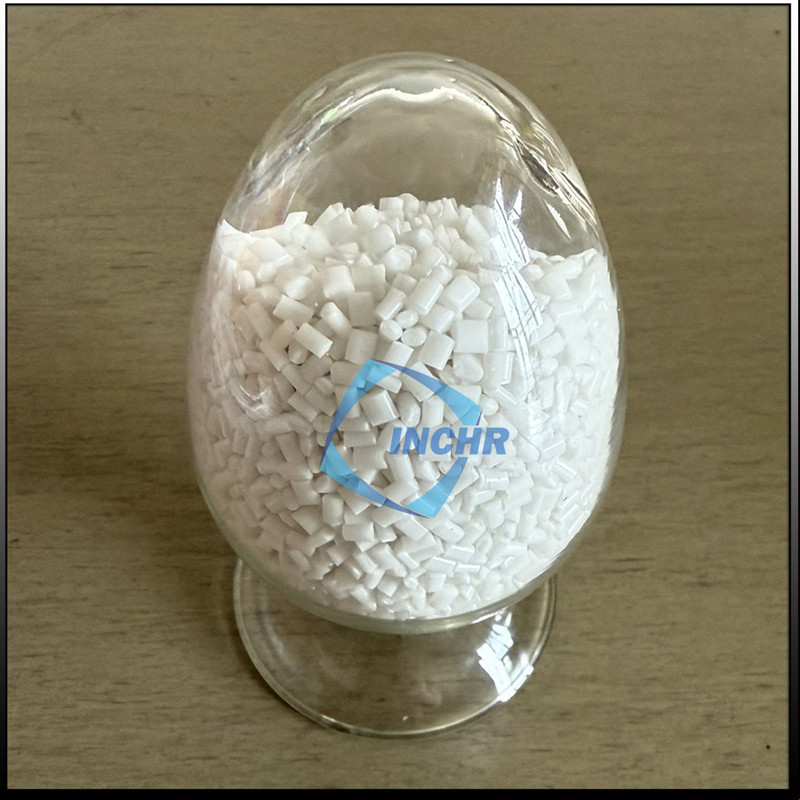As global demand for eco-friendly packaging and high-performance plastics grows, manufacturers face a dual challenge: eliminating film blocking while meeting stringent sustainability goals. Anti block masterbatch is no longer just a processing aid—it’s becoming a catalyst for greener, smarter production. Discover how modern formulations are driving this transformation.

The Sustainability Paradox: How Anti Block Additives Enable Circular Plastics
Traditional anti-blocking agents often conflicted with recycling workflows, but new solutions bridge this gap:
Recyclable-Compatible Grades: Silica-based masterbatches that survive multiple extrusion cycles without degrading
Low-Migration Formulas: Reduce contamination risks in post-consumer recycled (PCR) resins
Biodegradable Synergy: Anti-block agents optimized for compostable films (e.g., PBAT/PLA blends)
Industry Impact: A 2023 study showed PCR-compatible anti-block additives reduced film production carbon footprints by 18% versus conventional options.
Precision Engineering: Nano-Tech Breakthroughs in Anti Blocking
Nanotechnology is redefining anti-block performance:
| Innovation | Performance Gain |
|---|---|
| Mesoporous Silica | 50% lower additive loading |
| Surface-Functionalized Particles | Zero haze increase in optical films |
| Size-Graded Blends | Custom COF control (0.1–1.2 range) |
Case Study: A European manufacturer achieved 30µm-thin barrier films with <2% haze using nano-engineered masterbatches.
Smart Manufacturing: Integrating Anti Block Masterbatch with Industry 4.0
Automation and data analytics are transforming additive deployment:
AI-Powered Dispersion Monitoring
Real-time detection of particle agglomerates >5µm
Dynamic Dosing Systems
Adjust masterbatch ratios based on resin MFI fluctuations
Blocking Risk Prediction
Machine learning models forecasting adhesion risks using temperature/humidity data
Result: One North American plant reported a 22% reduction in production downtime after implementing smart dosing.
Regional Compliance Spotlight: Formulating for Global Markets
Tailor anti-block solutions to meet evolving regulations:
1. EU Green Deal Compliance
REACH-certified grades with full SVHC documentation
PFAS-free formulations for food contact films
2. FDA Food Safety Updates
21 CFR §177.1520-compliant masterbatches
Low extractables (<50ppm) for flexible packaging
3. Asia-Pacific Biodegradability Standards
OK Compost INDUSTRIAL-certified additives
Marine-degradable options for ASEAN markets
Cost-Saving Strategies: Optimizing Anti Block Masterbatch Usage
Maximize ROI with these proven approaches:
Layer-Specific Application
Apply anti-block only to outer film layers in co-extrusion
Hybrid Additive Systems
Combine anti-block with UV stabilizers to cut total additives by 35%
Regrind Optimization
Balance fresh/recycled masterbatch ratios without blocking risks
Tip: Conduct a TRIZ analysis to identify additive synergies specific to your production line.
The Silent Quality Killer: Humidity’s Impact on Anti Block Performance
Often overlooked, moisture control is critical:
Relative Humidity >60%: Causes particle clustering → uneven surface texture
Solution: Use hydrophobic-treated silica (contact angle >110°)
Storage Best Practice: Nitrogen-flushed packaging with moisture <500ppm
Expert Roundtable: Industry Leaders Share Anti Block Insights
We interviewed R&D heads from top polymer firms:
Dr. Elena Müller (Bayer MaterialScience):
“Future anti-block systems will self-adjust surface topography in response to environmental stress—think shape-memory particles.”
Rajiv Kapoor (Reliance Industries):
“In India’s monsoon climate, we’ve developed humidity-independent grades with porous alumina carriers.”
DIY Quality Check: 3 Field Tests for Anti Block Efficiency
Coffee Filter Test
Press film between filter papers at 50°C/24hrs → no sticking = pass
Tape Peel Method
Apply/release pressure-sensitive tape → count retained particles
Breath Fogging
Exhale onto film – even haze indicates proper dispersion




